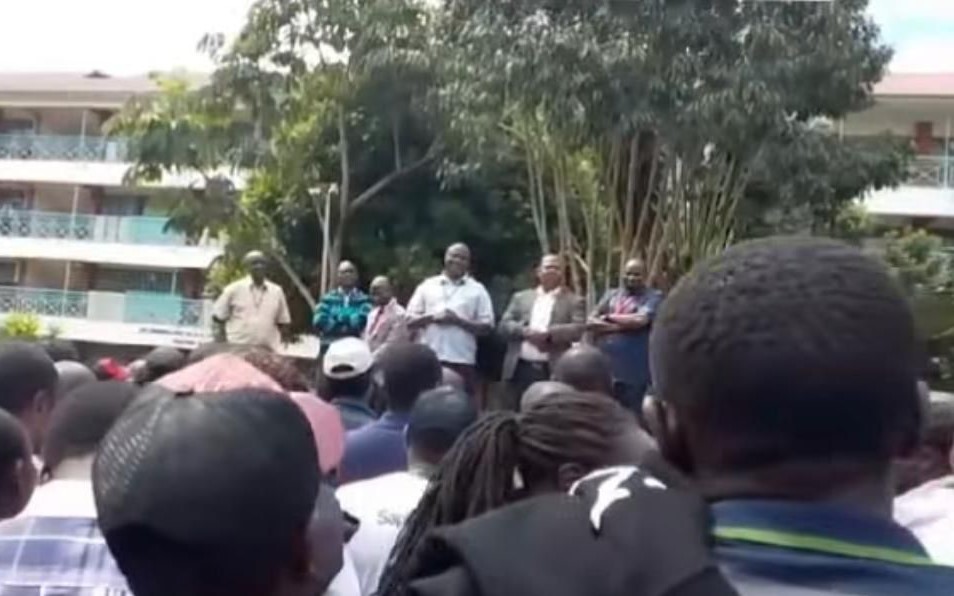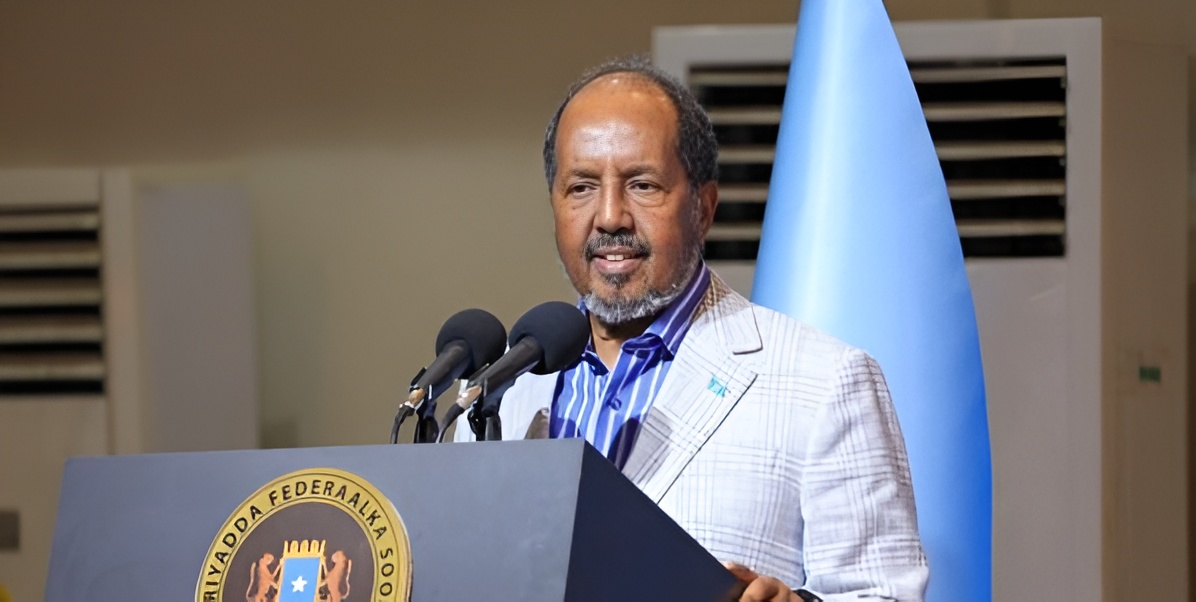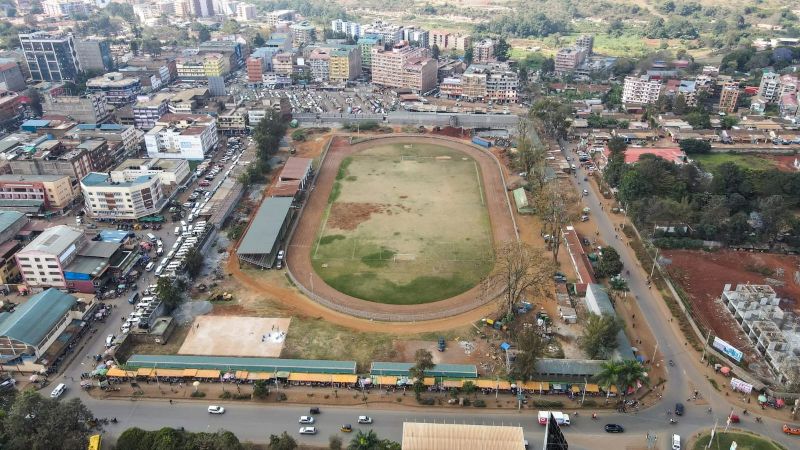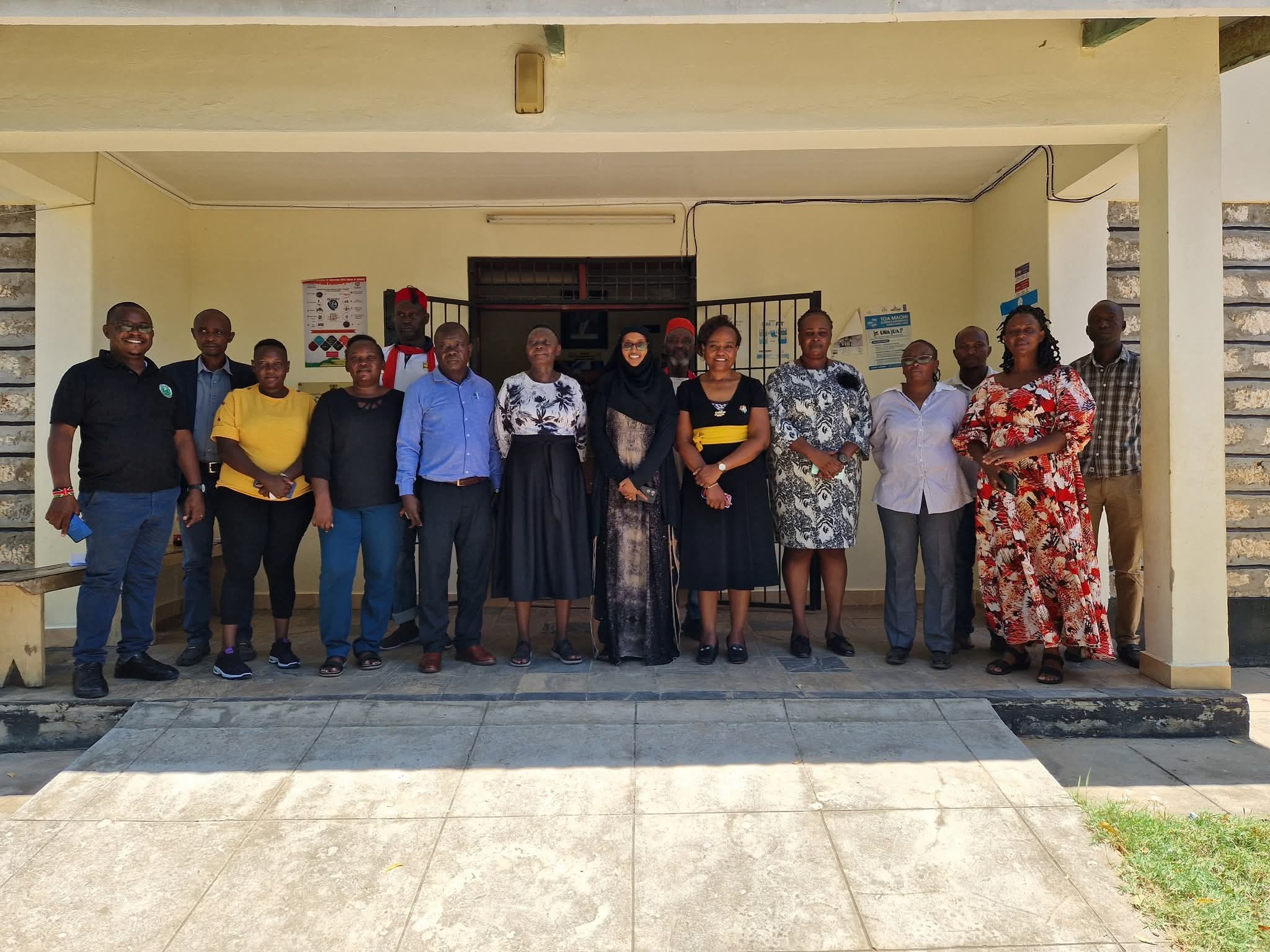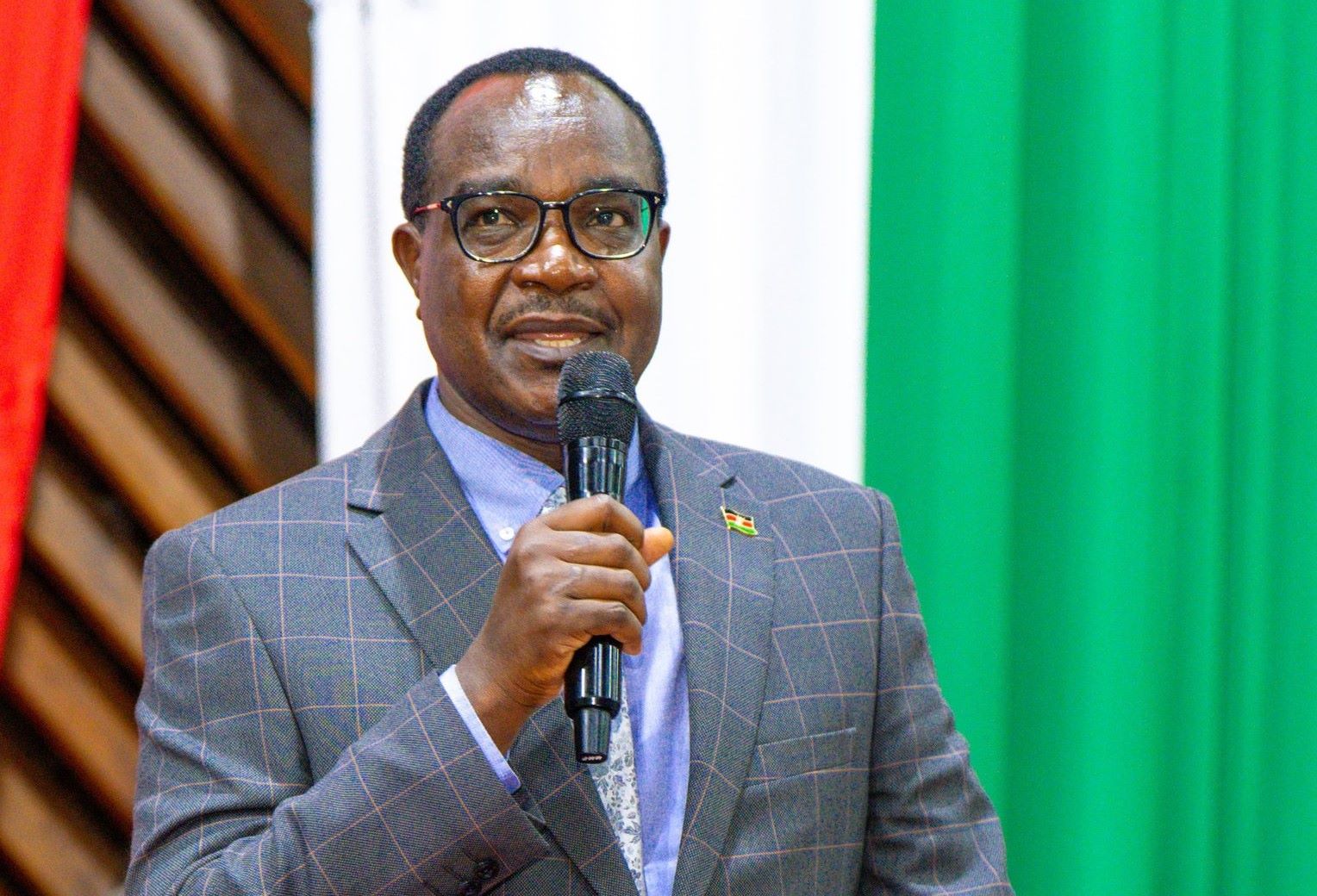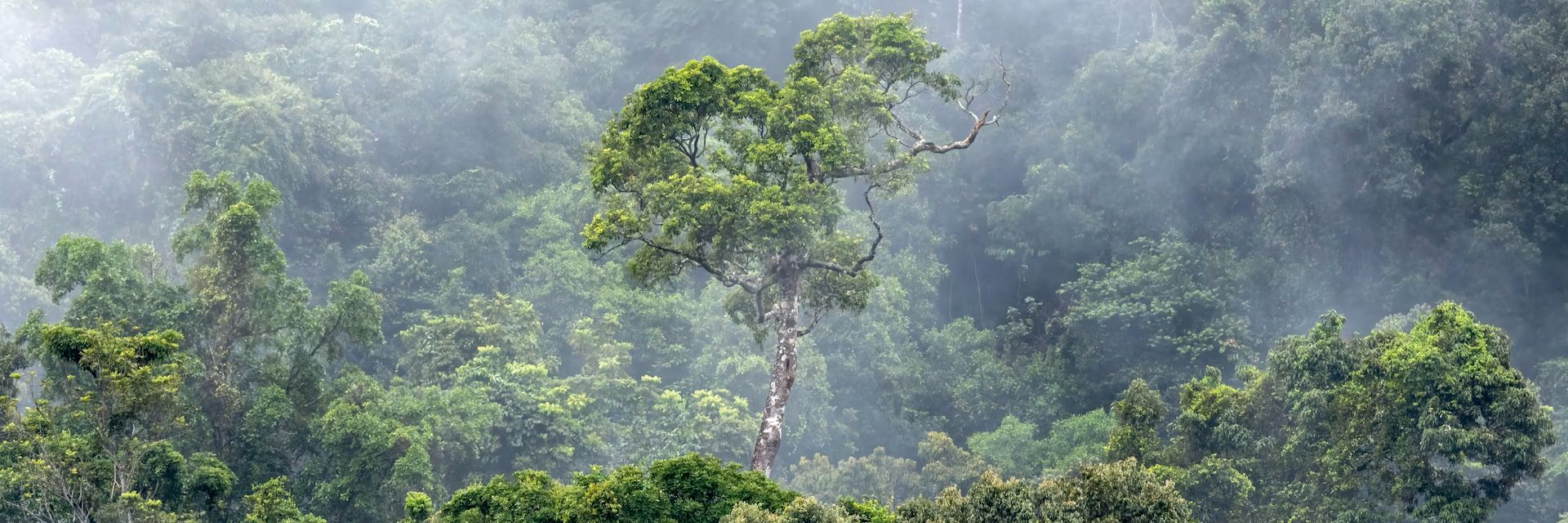Government to build 50 mega dams to transform Kenya’s agriculture - Ruto

President Ruto said expanded irrigation is “the only path forward” as Kenya tackles Sh500 billion food import bill.
President William Ruto has unveiled an ambitious nationwide water infrastructure plan, announcing government plans to construct 50 mega dams, 200 medium and small dams, and thousands of micro-dams across Kenya.
The initiative, Ruto said, is his second priority and is central to ending the country’s reliance on rain-fed agriculture, while transforming Kenya into a net food exporter.
More To Read
- Speaker Kingi submits list of absentee landlord farms to Ruto for squatter resettlement
- President Ruto leads nation in mourning former Lugari MP Cyrus Jirongo
- Ruto honours Benni McCarthy, Harriet Okach for elevating Kenya’s sports profile
- JKIA–ABC road corridor to get new look as Ruto revives city roadworks
- Ruto honours Kristina Kenyatta, Dorcas Oduor, William Kabogo with EGH awards
- Ruto raises research funding to 2 per cent of GDP in bid to expand digital economy
Speaking during his State of the Nation Address at the National Assembly, the President emphasised that rainfall can no longer dictate food security, noting that only 15 per cent of the country receives sufficient rain for agriculture.
“We can no longer allow the clouds to determine whether our people eat or not,” he said.
“Expanded modern irrigation is the only path forward.”
Mapped locations for new dams
Ruto revealed that the Ministry of Water, Sanitation, and Irrigation has already identified key sites for the projects, covering nearly every region of the country. Confirmed sites include:
• High Grand Falls Dam – River Daua, Mandera
• Isiolo–Barsalinga Dam – Isiolo County
• Yatta Dam – Machakos County
• Sigly Canal – Garissa County
• Soin–Koru Dam – Kisumu County
• Rumuruti Dam – Laikipia County
• Thuci Dam – Embu and Tharaka-Nithi Counties
• Lowaat Dam – Turkana County
• Muhoya Dam – Nyeri/Kirinyaga Border
• Narosura Dam – Narok County
• Arror Dam – Elgeyo-Marakwet County
• Ndarugu Dam – Kiambu County
• Kokwanyo Dam – Homa Bay County
• Rare Dam – Kilifi County
• Tongaren Dam – Bungoma County
He added that thousands of micro-dams will also be established at community and village levels to support smallholder farmers and local irrigation schemes.
Reducing food import bill
The President highlighted that Kenya currently spends Sh500 billion annually importing maize, sugar, rice, wheat, and edible oils. He stressed that expanding irrigation is crucial for domestic food production and boosting exports.
“The programme aims to bring 2.5 million acres of land under irrigation over the next five to seven years, unlocking the agricultural potential of arid and semi-arid regions,” he said.
Ruto described the dam and irrigation initiative as a nation-shaping investment that will underpin economic independence, rural prosperity, and sustainable development.
“We must never confuse lack of rain with lack of water,” he said, pointing to the untapped potential of Kenya’s arid lands.
National Infrastructure Fund
Earlier last week, during a visit to Kitui, Ruto noted that the National Infrastructure Fund will help finance these critical projects, ensuring their timely and sustainable implementation.
However, some planned dam sites are on community and private land, raising questions about land rights, compensation, and potential displacement.
Past projects, such as the Arror and Kimwarer dams, have faced controversies over delays, compensation disputes, and environmental management challenges.
The Ministry of Water is expected to release detailed project timelines and financing plans in the coming months.
Top Stories Today
